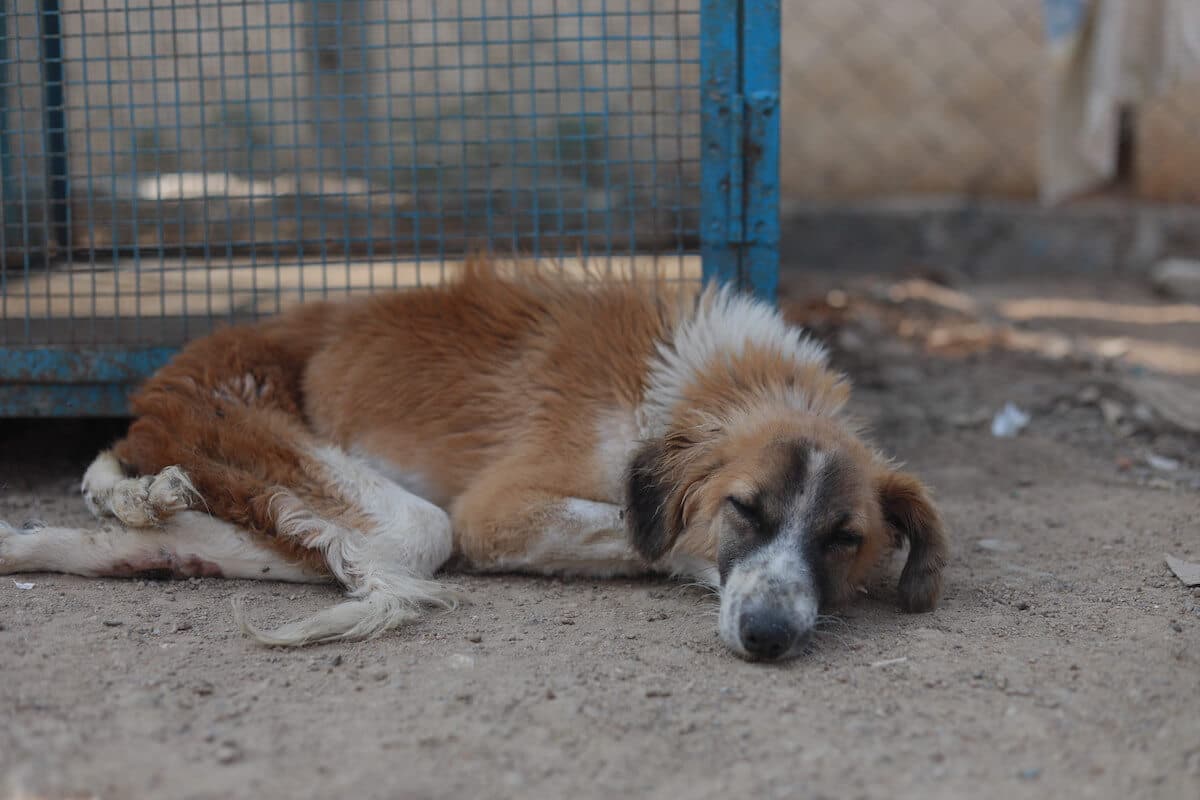Witnessing animal cruelty can evoke profound feelings of distress and indignation. The harrowing reality is that countless animals endure maltreatment daily, often at the hands of those who lack empathy or awareness. Understanding how to respond effectively when faced with such situations is critical. This article delves into the complexities surrounding animal cruelty, offering a comprehensive guide for witnesses on how to navigate those delicate and often tumultuous circumstances.
A significant first step in addressing witnessed animal cruelty is recognizing what constitutes such behavior. Animal cruelty can manifest in various forms—physical abuse, neglect, extreme confinement, abandonment, or even exploitation for entertainment. Each type presents unique challenges and necessitates a tailored response. Moreover, such actions are not confined to specific demographics or regions; they are pervasive issues that permeate societies worldwide, affecting domestic pets, farm animals, and wildlife alike.
Upon witnessing an act of cruelty, many individuals grapple with a visceral instinct to intervene immediately. However, emotional impulses can sometimes cloud judgement. It’s essential to objectively assess the situation first. Evaluate the degree of danger—both to yourself and the animal involved. In some cases, attempting a direct intervention could exacerbate the situation, potentially leading to retaliation from the abuser or even physical harm to the witness or animal.
Instead of impulsively rushing in, it is advisable to observe and gather pertinent information. Documenting the incident can be invaluable. Take mental notes or even utilize your smartphone to capture photographs or videos discreetly. Record the location, time, and nature of the abuse, along with any identifiable details about the abuser, such as license plate numbers or physical descriptions if safe to do so. This objective documentation will serve as crucial evidence for authorities or animal welfare organizations later.
Once you have observed and documented the incident, it is paramount to report it to the appropriate authorities. Knowing whom to contact can vary by location, as different jurisdictions may have different laws regarding animal welfare. Typically, this includes local animal control agencies, humane societies, or even law enforcement. Provide them with all the information collected, emphasizing the urgency and severity of the situation. Follow-up inquiries can be beneficial, ensuring that your report is being taken seriously and that action is being pursued.
Another avenue for assistance involves engaging with local animal rights groups. Many organizations are dedicated to rescuing animals from abusive situations and advocating for stronger legal protections. By reaching out to such groups, you can a) amplify your concerns at a community level and b) connect with experienced advocates who can offer guidance and support. These organizations often have protocols in place for handling reported cases of cruelty and can provide additional resources for the well-being of the animal in question.
It is crucial, however, to understand the legal ramifications of reporting animal cruelty. Laws vary significantly depending on the jurisdiction. In some regions, failing to report witnessed cruelty can have repercussions for the observer. Familiarize yourself with local animal protection laws to better understand your responsibilities and rights as a witness. In some cases, whistleblower protections may also extend to individuals who report animal abuse, shielding them from potential backlash.
Moreover, emotional support for the witnesses themselves should not be overlooked. Witnessing animal cruelty can result in psychological distress, including feelings of helplessness or exacerbated anxiety. Seeking out counseling or speaking to support groups might provide much-needed mental health support, helping individuals process their experiences and feelings effectively.
Beyond reporting instances of animal cruelty, there exists an obligation to advocate for broader societal change. Engaging in conversations and raising awareness about animal welfare issues can help foster a culture of compassion and responsibility towards animals. Utilizing social media platforms to share stories, statistics, and information about local issues can broaden public understanding of animal rights and the implications of cruelty. Education plays a pivotal role in transforming attitudes and behaviors towards animals.
Involve yourself in community events focused on animal welfare, such as charity fundraisers, volunteer opportunities, or educational workshops. These actions not only help those directly affected but also contribute to an overall shift in community values. Collective action often propels legislative change, leading to stricter penalties for animal cruelty and the establishment of more robust protective measures for vulnerable animals.
Empathy is one of the most vital aspects of advocating against animal cruelty. Understanding the underlying factors that lead to such behavior—such as systemic poverty, lack of education, or cultural norms—can drive more effective interventions. Working with communities to address these root causes is essential in creating lasting change.
Lastly, reflect on the larger picture. Animal cruelty is often a symptom of broader societal issues involving violence, neglect, and disregard for life. Tackling these root causes requires a comprehensive approach. Collaboration among various sectors of society, including mental health services, community outreach programs, and legislative bodies, is crucial in building a more humane world for all beings.
In conclusion, witnessing animal cruelty necessitates a thoughtful, calculated response. Whether it involves documenting the incident, informing authorities, engaging with local organizations, or advocating for systemic change, each action plays a critical role in fighting against animal abuse. As responsible citizens and compassionate individuals, it is our duty to protect the most vulnerable among us—our animals.








